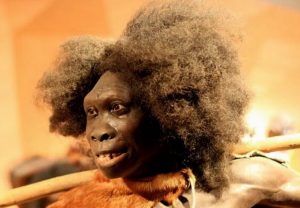
According to co-corresponding author Qiang Sun, also of CAS, “our research has developed an embryo-like system that can be initiated and grown indefinitely. It offers fresh methods and viewpoints for investigating primate embryos and reproductive health in the future.
Starting with embryonic stem cells from macaques, the researchers subjected them to several growth agents in cell culture. For the first time, these stimuli caused the stem cells to develop embryo-like structures utilizing non-human monkey cells.
The embryo-like objects, also known as blastoids, were found to resemble natural blastocysts when examined under a microscope. They arranged themselves in a way that resembled the amnion and yolk sac as they continued to develop in vitro. Additionally, the blastoids began to produce the cells that the three germ layers that eventually make up the human body. Single-cell RNA sequencing demonstrated that the various cell types within the structures shared gene expression patterns with blastocysts and post-implantation embryonic cells.
the three germ layers that eventually make up the human body. Single-cell RNA sequencing demonstrated that the various cell types within the structures shared gene expression patterns with blastocysts and post-implantation embryonic cells. The blastoids were then transplanted into the uteruses of 8 female monkeys, with success in 3 of the 8. The hormones progesterone and chorionic gonadotropin, which are typically connected to pregnancy, were released as a result of this implantation.
Additionally, the blastoids developed into early gestation sacs, which are fluid-filled sacs that form early in pregnancy and contain an embryo and amniotic fluid. However, they failed to develop into fetuses, and after roughly a week, the structures vanished.
The researchers intend to concentrate on improving the technique for cultivating embryo-like






